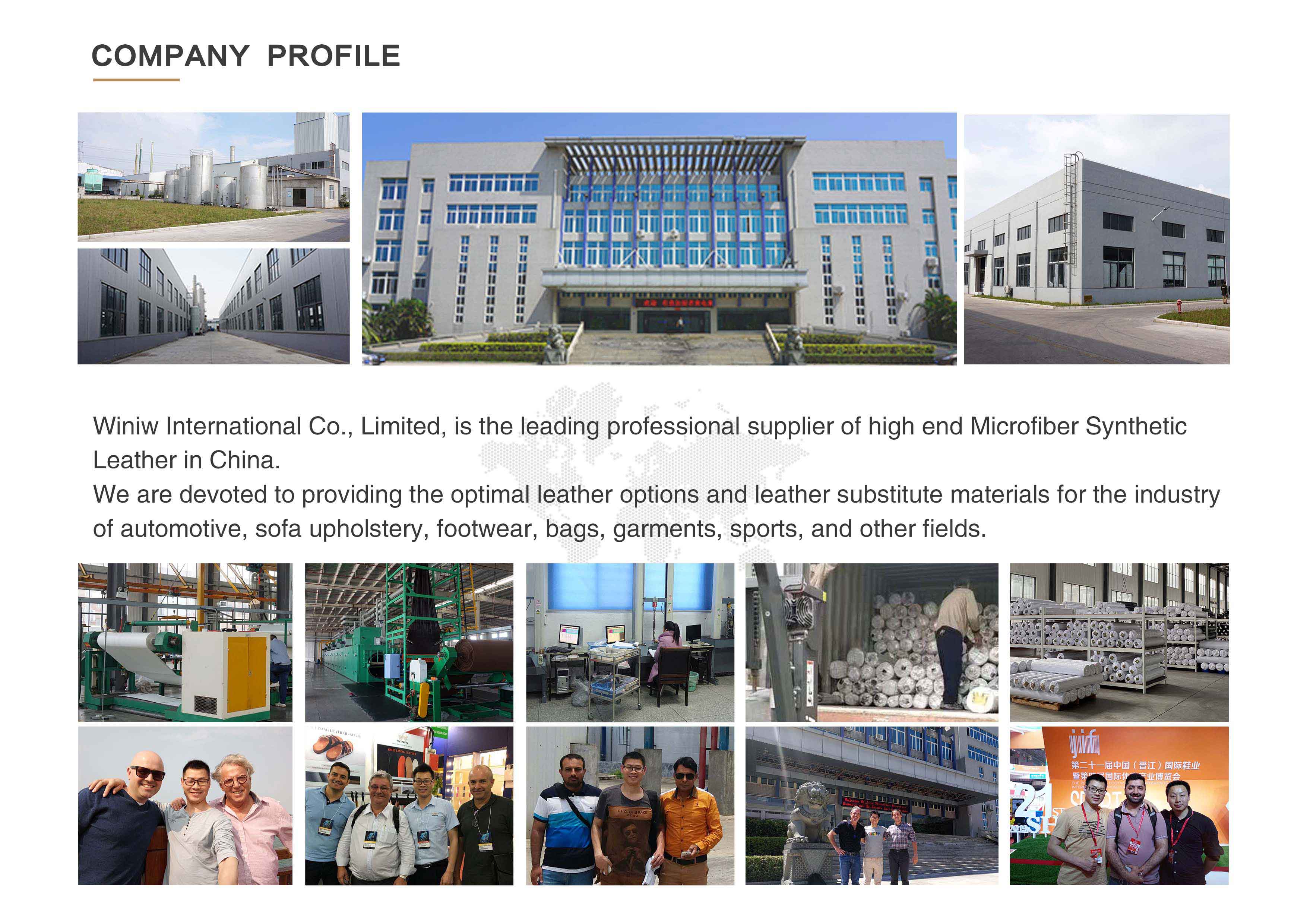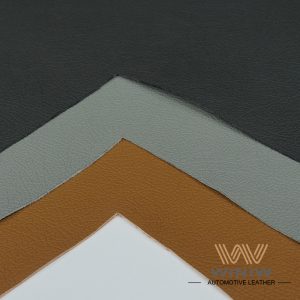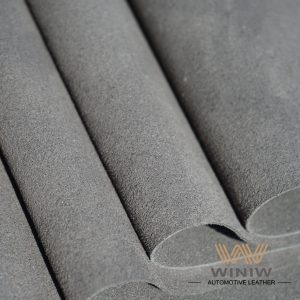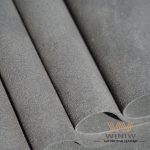Introduction
With the heightened awareness of environmental protection and continuous technological innovation, the automotive industry is progressively shifting towards a more sustainable and eco-friendly direction. Bio-Based Custom Automotive Leather, as a crucial component of this trend, is receiving increasing attention and favor. This article will delve into the industry knowledge of bio-based custom automotive leather, including its definition, production process, advantages, market applications, and future development trends.
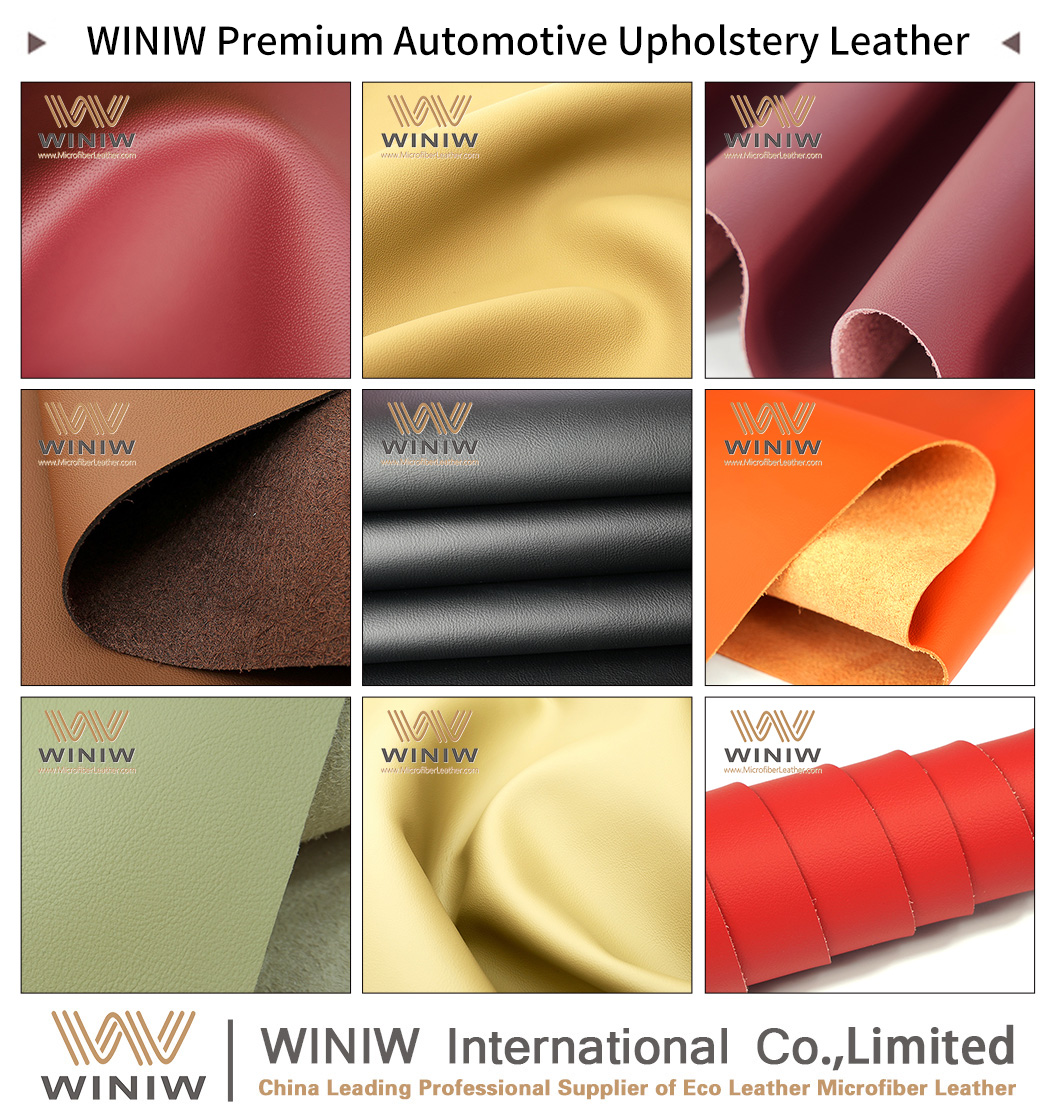
Definition and Production Process
Bio-Based Custom Automotive Leather is a type of leather made from bio-based materials derived from renewable resources such as softwood, pineapple leaves, corn starch, apple waste, and cacti. Compared to traditional synthetic or natural leather, bio-based leather places greater emphasis on environmental protection and sustainability during production.
The production process typically involves the following steps:
- Raw Material Extraction and Processing: Extract the required bio-based materials from renewable resources, such as producing propylene glycol from corn starch through fermentation.
- Material Synthesis: Mix the extracted bio-based materials with other additives and synthesize a leather substrate with the desired properties through specific processes.
- Coating and Processing: Apply water-based polyurethane or other eco-friendly coatings to the substrate to enhance the leather’s durability and aesthetics. Simultaneously, carry out embossing, cutting, and other processing to meet the customization requirements of automotive interiors.
- Quality Inspection and Certification: Conduct rigorous quality inspections on the produced bio-based custom automotive leather to ensure it meets relevant standards and regulatory requirements. Additionally, apply for and obtain necessary environmental certifications, such as OEKO-TEX.
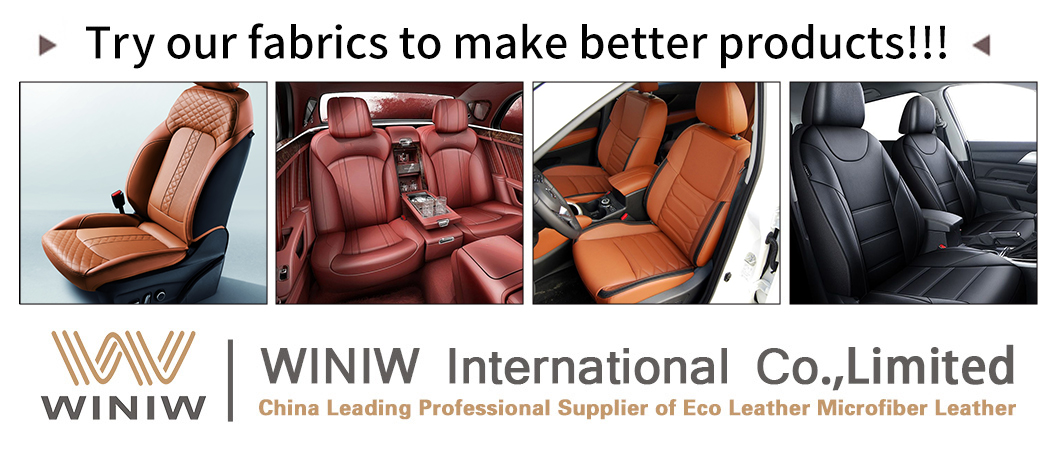
Advantages
Bio-Based Custom Automotive Leather offers several advantages, making it an ideal choice for automotive interior materials:
- Environmental Protection and Sustainability: Bio-based materials are derived from renewable resources, and the production process reduces the use of petrochemical raw materials and carbon emissions, contributing to lowering environmental impact.
- Superior Performance: Bio-based leather rivals natural leather in appearance, texture, and durability, and even surpasses traditional leather in certain aspects.
- Customization Services: Bio-based leather can be customized according to the needs of automakers and consumers, providing a diverse range of colors, textures, and patterns.
- Cost Efficiency: As production technology continues to advance and economies of scale take effect, the production cost of bio-based leather gradually decreases, making it more competitive in the market.
Market Applications
Bio-Based Custom Automotive Leather has broad application prospects in the automotive interior field:
- Seat Fabric: Bio-based leather is an ideal choice for automotive seat fabric due to its good comfort and durability.
- Door Panels and Armrests: Automotive door panels and armrests often use bio-based leather for decoration, enhancing the overall aesthetics and comfort of the interior.
- Steering Wheels and Gear Levers: These components require frequent contact, thus demanding leather materials with excellent wear resistance and hand feel. Bio-based leather meets these requirements perfectly.
Future Trends
Looking ahead, the bio-based custom automotive leather industry will exhibit the following trends:
- Technological Innovation and Industrial Upgrading: With the continuous development of synthetic biology, bioengineering technology, and other technologies, the production efficiency and product quality of bio-based leather will further improve. Additionally, industry integration and optimization will drive the overall upgrading of the industry.
- Continuously Growing Market Demand: As consumers’ focus on environmental protection and sustainability increases, and automakers pursue higher quality and innovation in interior materials, the market demand for bio-based custom automotive leather will continue to grow.
- Policy and Regulation Driving: Governments around the world are gradually introducing relevant policies and regulations to encourage the use of eco-friendly materials and promote the green development of the automotive industry. This will provide a strong policy guarantee for the development of the bio-based custom automotive leather industry.
- International Cooperation and Competition: With the deepening of globalization, the bio-based custom automotive leather industry will face more intense international competition. Simultaneously, international cooperation will become an important driving force for industry development.
Conclusion
As an emerging field in automotive interior materials, bio-based custom automotive leather has vast development prospects and market potential. Through technological innovation, industrial upgrading, growing market demand, and policy and regulation driving, the bio-based custom automotive leather industry will embrace a brighter future. Automakers and consumers should closely monitor the dynamics and development trends in this field, jointly promoting the green and sustainable development of the automotive industry.

